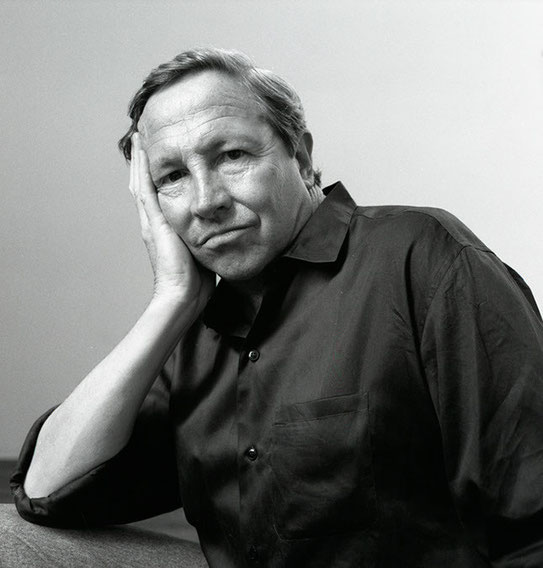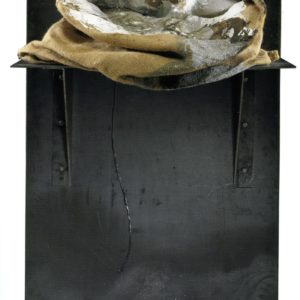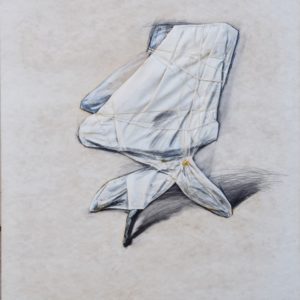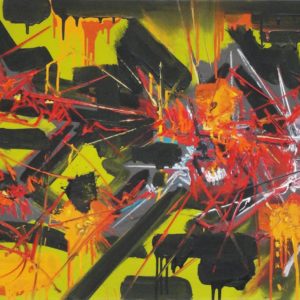Robert Rauschenberg
Robert Rauschenberg was born in Port Arthur, Texas in 1925, and died in 2008 at Captiva Island in Florida, where he had retired in his last years. With Jasper Johns he was the main protagonist of New Dada, the mid-‘fifties movement which formed a bridge between Abstract Expressionism and Pop Art. The period of his studies at the Black Mountain College from the late ‘forties to the early ‘fif-ties was fundamental in the development of his artistic personality. Here he met Cy Twombly, John Cage, Merce Cunningham. It was a revolutionary moment for contemporary art, music, dance where, with performances and unorthodox pro-jects, the seeds were sown for a renewal of all these sectors.
His best-known works are the Combine Paintings of the mid-‘fifties, works in which he worked with banal, everyday, often used or organic objects such as a bed, a ladder, a cock, together with a rapid, dripping gesture, that still recalls ac-tion painting. The Dadaism in the name of the movement refers more to Schwit-ters than to Marcel Duchamp. It had in fact been that German artist who had, in the second decade of the 20th century, inaugurated the assemblage genre, i.e. the assembling of mass-produced objects. But unlike Schwitters, who often covered them with paint to the extent of cancelling them, Rauschenberg always left the objects he used recognizable, thus opening up the way to the use of mass-produced objects which was to become Pop Art.
Later, Rauschenberg often returned to two-dimensionality, using collage, print-ing, sometimes also overlapping layers of transparent, silk-screen printed materi-al.
He took part in innumerable international exhibitions and his works are con-served in many collections. An important moment was his participation in the 1964 Venice Biennale and his winning of the Golden Lion on that occasion, which many people consider to mark the definitive opening up of European cul-ture to American Pop art.
Rauschenberg’s market values are high and stable. The peak was in mid-2019 with the sale at Christie’s of the 1964 work Buffalo II, mixed technique on can-vas, for almost 90 million dollars, almost 10 times higher a price than previous bids.





